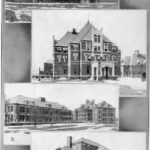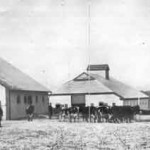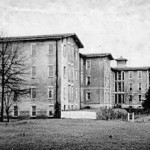Public insane asylums and hospitals were monitored in part by committees whose members inspected the facilities and made recommendations for changes and improvements. These committee members were laypeople who took an interest in a particular institution and volunteered their time to visit and inspect it.
Sometimes outsiders get a different sense of a situation than people who are immersed in the field, and can be useful in pointing out conditions professionals have gotten used to seeing. However, asylum and hospital professionals were wary of these public “visitors” simply because they didn’t understand institutions and their limitations. In 1895, two physicians (Dr. John S. Billings and Dr. Henry M. Hurd) created a short pamphlet with suggestions for hospital visitors. They urged these laypeople to come “in a friendly spirit”–not to find fault or with preconceived notions, but with an open mind that sought to understand what was going on.
The authors explained that any visitor would find shortcomings. “No hospital, however wealthy it may be, has means sufficient to furnish the best known means of treatment and the best care to all who apply to it for relief,” they acknowledged. Few, if any, hospitals (or asylums) had all the medical equipment its doctors wanted, or served the best food, and so on. With these limitations in mind, the authors asked visitors to go through the institution with the idea that they could help its administrators improve its function.
Though Drs. Billings and Hurd may have begun their pamphlet sounding as though they wanted to protect medical institutions from hard scrutiny, they made it plain that visitors were to examine the place thoroughly. Some of the things visitors were to look out for will be mentioned in my next post.





